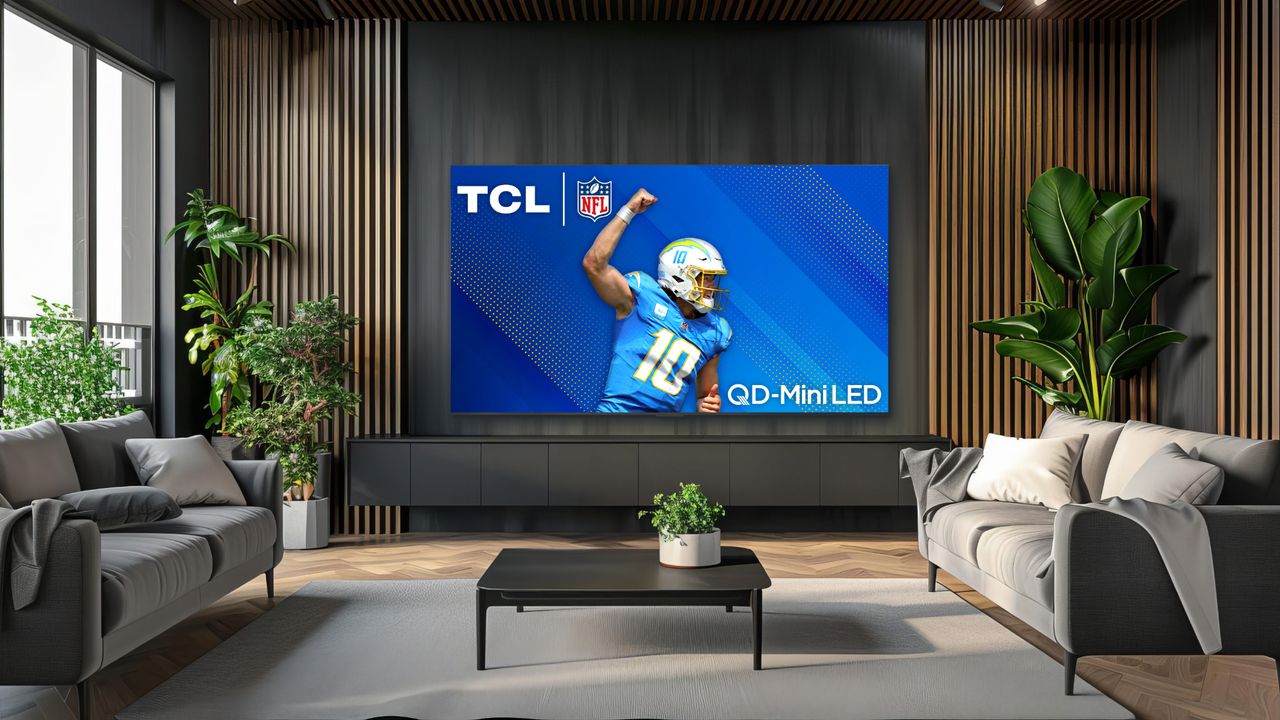
A TV is a big purchase, but it doesn't have to be that expensive. Thanks to fierce competition and the falling price of more advanced technology, there are more budget models around than ever. Don't write them off just because they're cheap – you'd be amazed at how some of the more affordable sets perform.
If you are looking for a relatively cheap TV, TCL and Hisense are a great place to start. They're two of the biggest TV manufacturers at this end of the market, though their ranges do reach into the high end as well. They also make very big TVs for very reasonable prices, so are a great choice for a big screen experience on the cheap.
But which brand would be better for you? And which model should you choose? Let's see what's on offer...
- Check out Hisense's 2025 TV range
- And TCL's 2025 TV lineup
- Should you buy a TCL TV? Find out here
Hisense vs TCL: overview
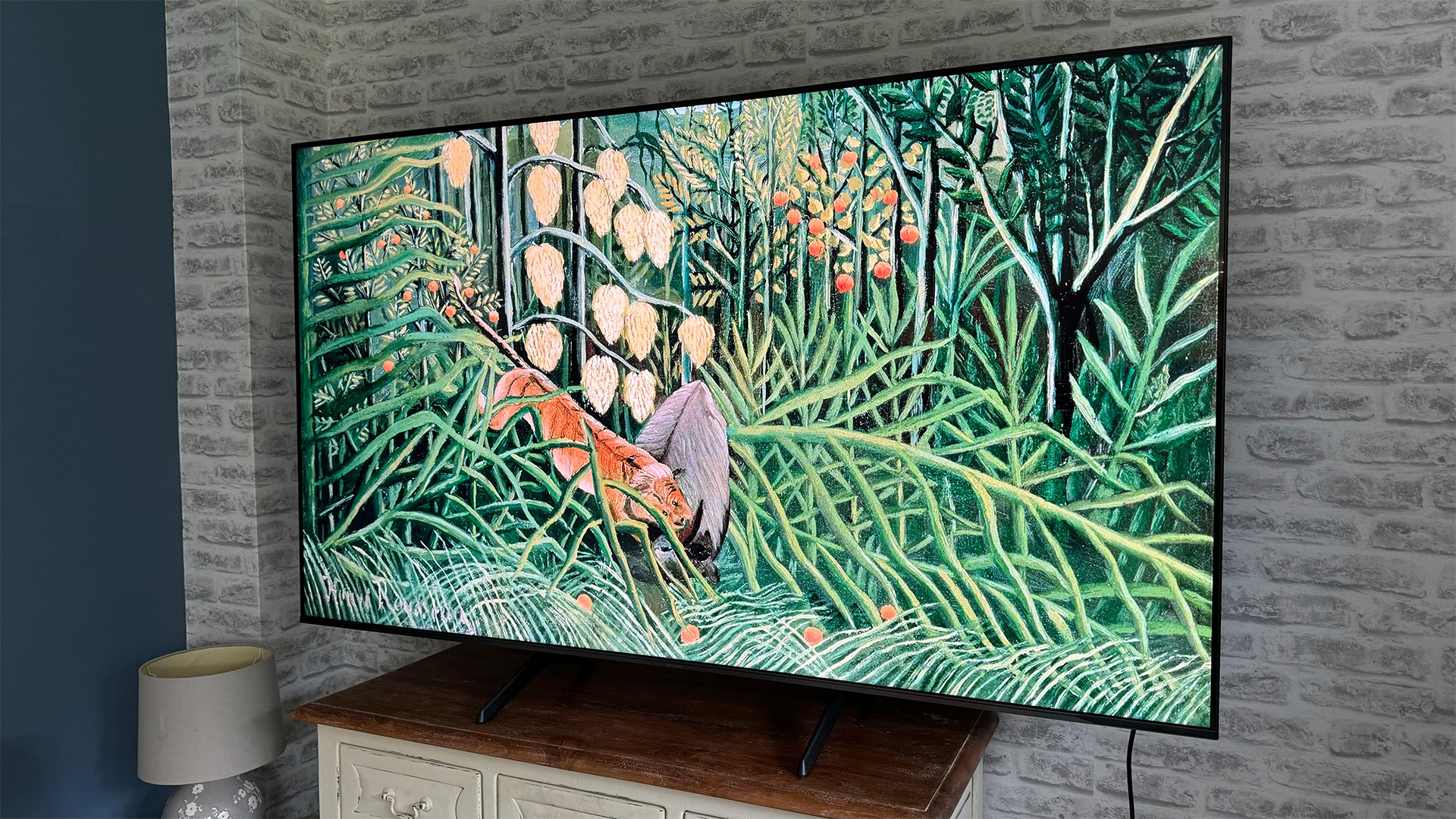
- Hisense and TCL are both Chinese companies
- Both Hisense and TCL are best known for their TVs
- Hisense is the largest TV manufacturer in China
- Some of TCL's TVs are Roku-branded in the US
Both Hisense and TCL are Chinese companies, and both make home appliances such as air conditioners and fridges alongside TVs. But they're best known for their TVs.
Hisense is headquartered in Qingdao, Shandong Province, and was founded in 1969. It initially manufactured radios, but within a decade it had branched out into TVs. Since 2004, it has been the largest TV manufacturer in China by market share. Its current range spans from 32 inches up to over 100 inches, and includes OLED, QLED and Mini LED.
Founded in 1981, TCL actually started out making cassette tapes under the name TTK before being sued by rival tape maker TDK for intellectual property violation and changing its name to TCL (which originally stood for Telephone Communication Limited). As well as selling TVs under its own name, it makes some Roku-branded models in the US.
Hisense vs TCL: screen technology
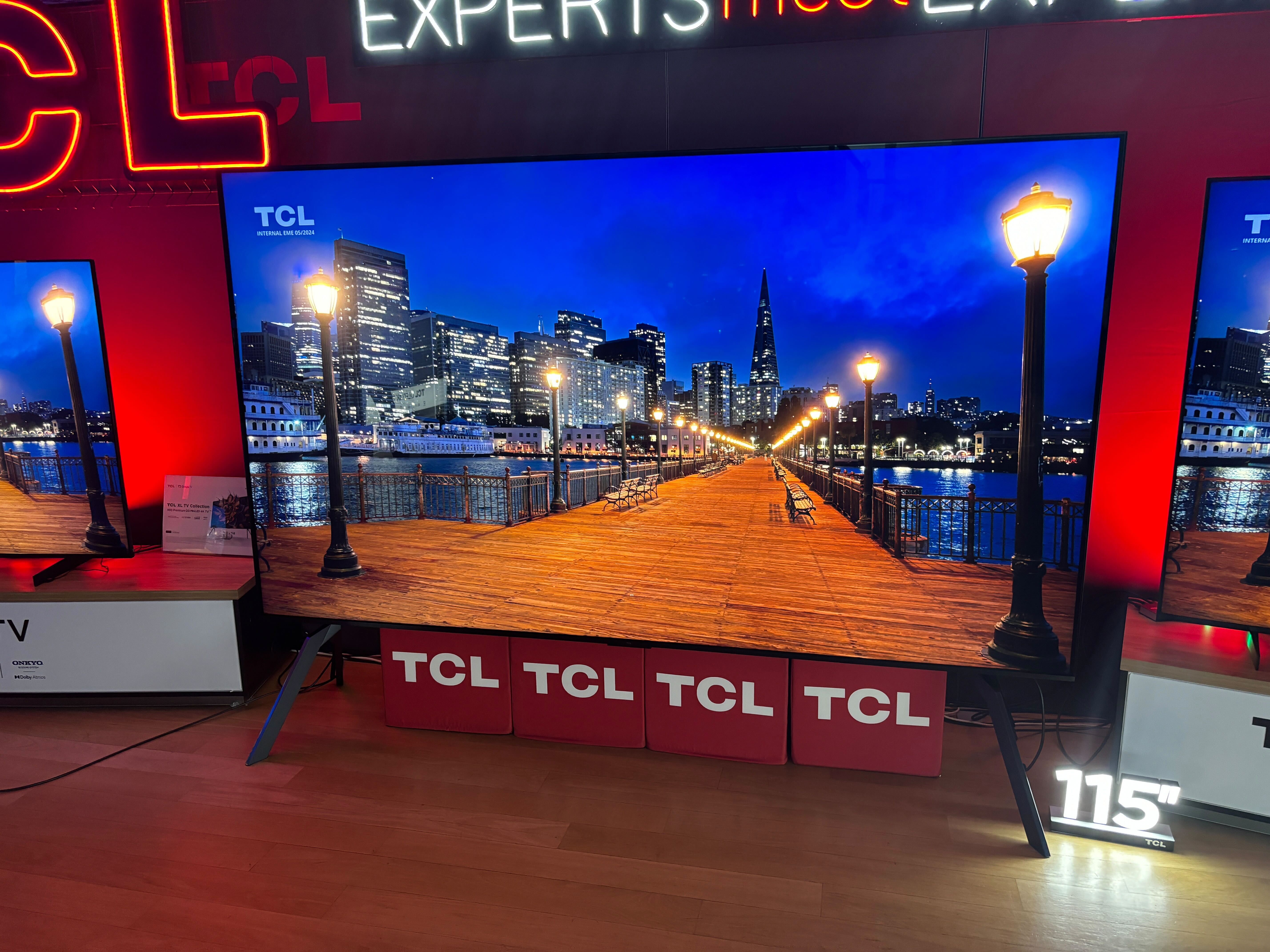
- Both Hisense and TCL make Mini LED and QLED TVs
- Hisense makes OLED TVs and Laser TVs as well
- Hisense's Laser TVs are niche due to their high prices
As if there weren't enough similarities between the two companies already, both also offer TV ranges with much the same screen technologies. But there are some differences: both brands make and sell a wide range of Mini LED and QLED models, while Hisense also offers OLED models and 'Laser TVs'.
Mini LED is a backlit technology that features on both brands' more expensive TVs. It's an evolution of the classic LED tech that used to be all the rage, but improves contrast control and black levels. Mini LED is leading a resurgence in backlit TVs at the moment – Sony chose it over OLED for its flagship 2024 TV, the Bravia 9.
QLED is another premium screen technology that you'll find in some of both brands' higher-end TVs. This involves the light emitted by an LED or Mini LED backlight being shone through Quantum Dots rather than LCDs. The result is more vibrant and potentially more accurate colours, though the results depend on the quality of the implementation.
OLED (Organic Light-Emitting Diode) panels aren't backlit, but allow the TV to emit light on a pixel-by-pixel basis. Because each pixel can be controlled individually, it allows for stunningly precise contrast with little-to-no light bleeding, making for a richer, more natural-looking picture. OLED was previously the preserve of pricier TVs, but it's now available in much more affordable sets.
Hisense's Laser TVs are essentially ultra short throw projectors that come with screens. Hisense has previously declared these "the future of TV", but because of their high price and unconventional arrangement, they remain a niche proposition.
Hisense vs TCL: operating system
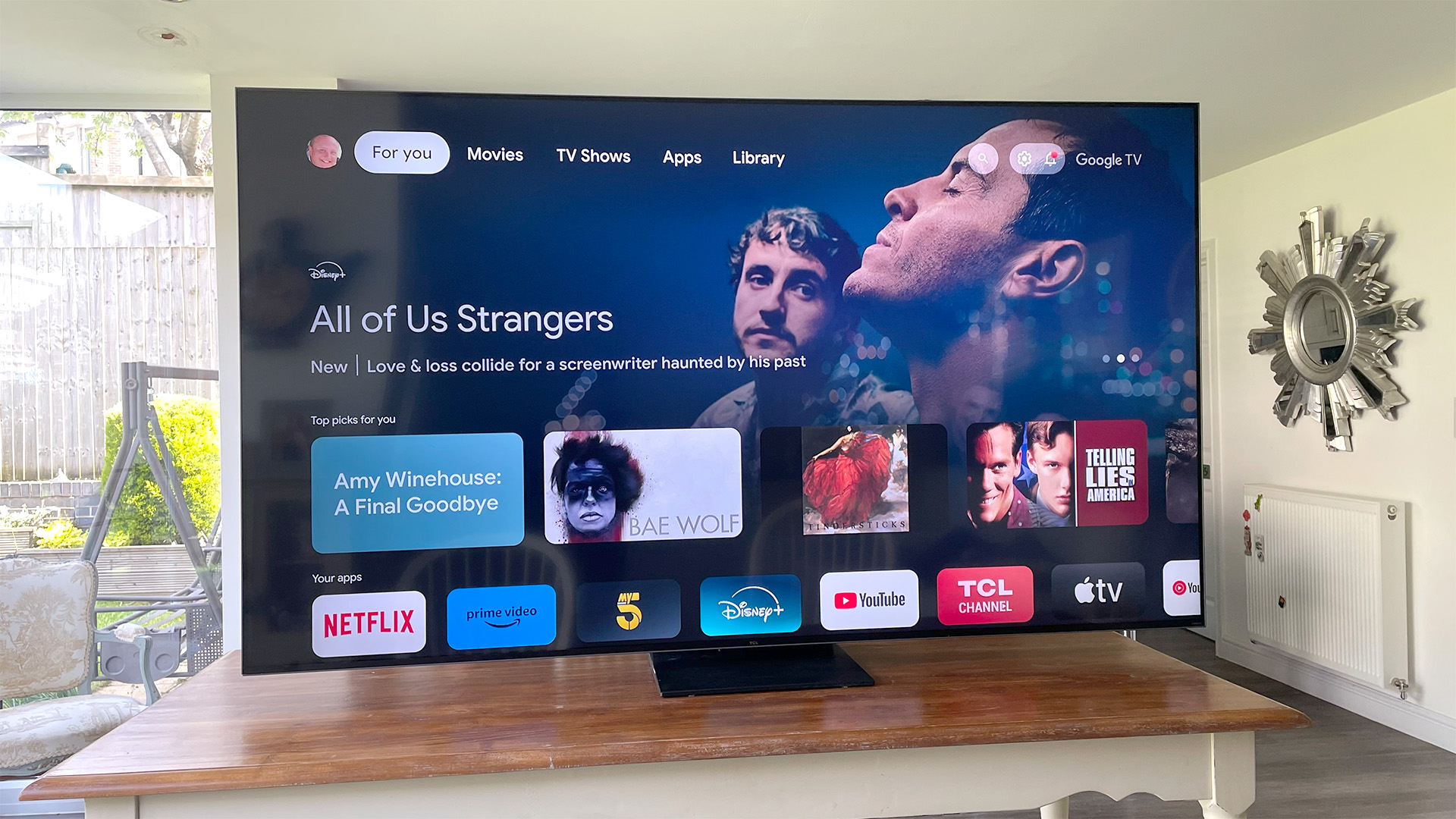
- Hisense and TCL TVs run Google TV, Android TV, Fire OS or VIDAA
- Some Hisense models run Google TV in the US, but VIDAA in the UK
- Hisense founded the VIDAA TV operating system
Google powers plenty of both brands' TVs, through its Google TV and Android TV platforms. But Amazon's Fire OS and the Roku OS also feature on some models.
There is some regional variation. Hisense favours Google TV in the US, but VIDAA in the UK. Hisense founded the company VIDAA, whose main product is the VIDAA TV operating system. VIDAA is a little better than Google TV, but not quite on a par with Samsung's Tizen or LG's webOS.
Which OS you prefer will be a matter of personal choice, but they all offer a broadly similar range of features and apps such as BBC iPlayer, Netflix, Disney+ and Prime Video. Most support HDR and Dolby Vision/Atmos, and most play nice with various voice assistants. Some operating systems will prioritise their own content though (Amazon Fire OS, we're looking at you), and Google's supports Chromecast for wirelessly mirroring content from your phone on the big screen.
Some incarnations of Google's operating system lack the UK terrestrial catch-up apps (like BBC iPlayer). But TVs often come with the Freeview Play app, which does include them. Check before you buy!
If you have Alexa speakers dotted around your house, a TV running Amazon's Fire TV OS makes perfect sense, whereas if you're deep in Google's ecosystem (and want to cast content from your phone to your TV), a Google TV/Android TV set will be a smart choice.
Hisense vs TCL: gaming

- Gaming features like VRR and ALLM are common on Hisense and TCL TVs
- Some models support 144Hz refresh rates for PC gaming
- Not all TVs' HDMI 2.1 ports are fully equipped for all gaming features
Generally speaking, pricier TVs are better equipped for gaming, but the following features do appear on some cut-price models.
Variable Refresh Rate (VRR), Auto Low Latency Mode (ALLM) and 4K/120Hz are all part of the HDMI 2.1 spec. But, confusingly, not all TVs with HDMI 2.1 ports support them. And some TVs support these features even if they only offer HDMI 2.0 sockets.
VRR matches the TV's refresh rate to the frame being outputted by the console, making games run smoother. ALLM detects when a console is plugged in and automatically switches on the TV's game mode to reduce lag. And it knows if you're running a streaming app like Netflix on your console, and switches off game mode.
4K/120Hz lets the TV display 4K games at up to 120 frames per second (the maximum that consoles output). (Some 60Hz TVs are also able to support this using clever processing.) Some TVs support frame rates up to 144fps, matching the output of some gaming PCs. Dolby Vision gaming is also available at up to 4K/120Hz, but not many TVs support this. HGiG will also tailor each game to the exact specs of your TV without you having to adjust any settings, but again, it's mostly reserved for more expensive TVs.
You should also look out for a low input lag (the time it takes for your button press to register). Anything below 40ms is pretty great.
Obviously the TV's picture quality plays a big part in how your games will look too. You need punch and vibrancy alongside a natural balance and plenty of dark detail.
A few Hisense models support refresh rates up to 144Hz. The E7NQ Pro has Dolby Atmos and Dolby Vision, as well as Game Mode Pro which brings together all the relevant gaming features. All four of its HDMI ports are certified 2.1 for ALLM, but only two are equipped for VRR up to 144Hz. It only scored three stars in our review.
The Award-winning TCL C805K matches the E7NQ Pro at 144Hz, with Dolby Vision, ALLM and VRR, as well as Nvidia Freesync Premium Pro. But it only has two HDMI 2.1 ports, one of which doubles as the eARC port for a soundbar, which only leaves one socket free for the full-fat games experience from a console or gaming PC.
Hisense vs TCL: best TVs
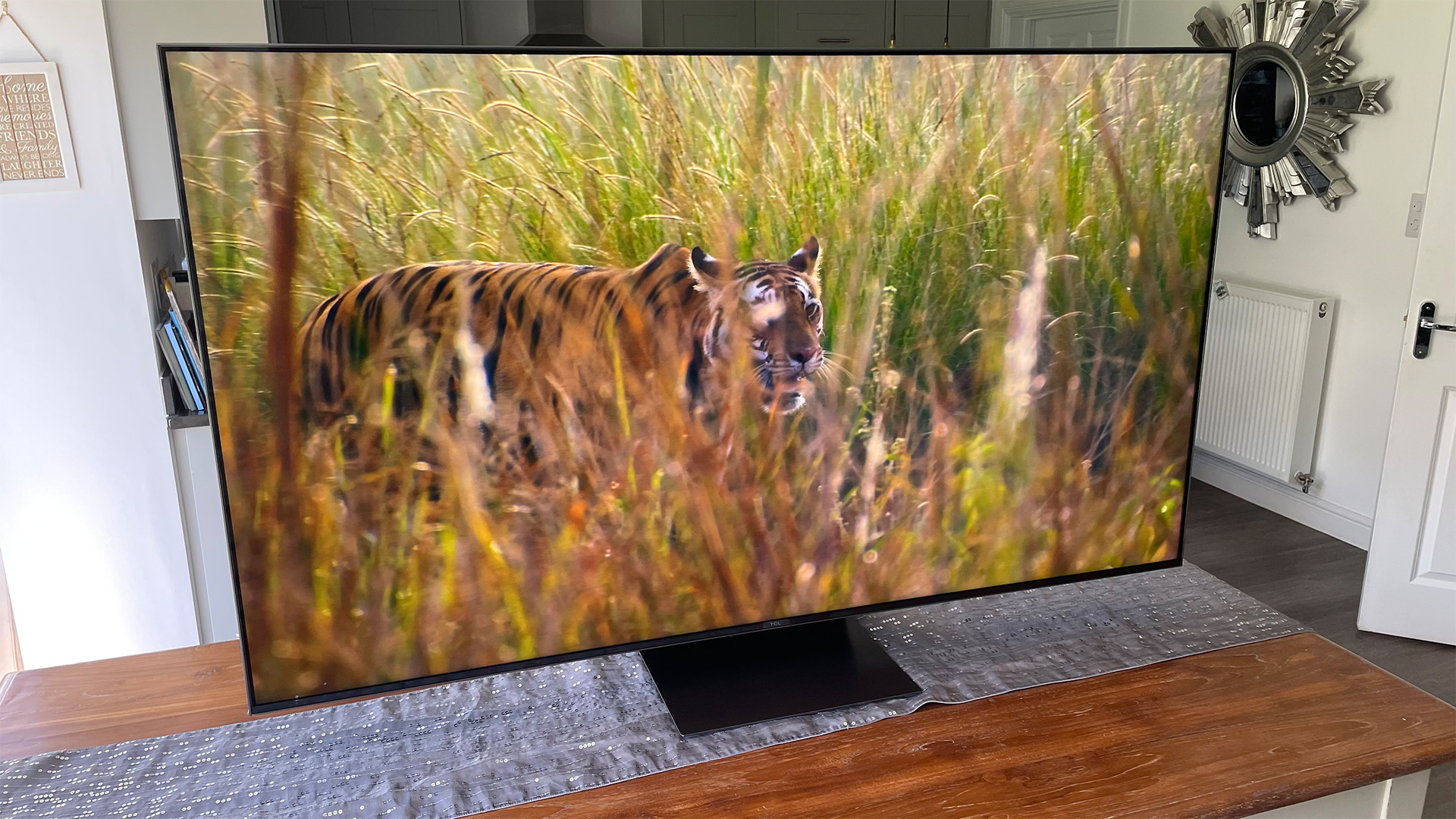
- TCL TVs have scored a string of five-star reviews in recent months
- The TCL 85C805K won a What Hi-Fi? Award in 2024
- We haven't reviewed as many Hisense TVs in 2025
- The Hisense U7N scored four stars
Both brands have had some well-reviewed TVs in recent years, but TCL clearly has the edge.
It's had a string of five-star reviews in recent months: the C7K (in both 65-inch and 98-inch sizes), C6KS and C8K all picked up maximum marks. And before that, the TCL 85C805K earned five stars and a What Hi-Fi? Award.
The C7K offers improved LED backlighting and expansive Quantum Dot colour that, at the price, make it an outstanding option at 65 inches. Beef it up to 98 inches, and you have a "surprisingly affordable slice of home cinema heaven" that costs less than some 65-inch TVs. Phenomenal.
The C6KS at 50 inches fared equally well, earning plaudits for its excellent brightness and contrast and comprehensive HDR support. Plus, of course, it represents excellent value for money.
And the C8KS does more of the same, with an added sound system by Bang & Olufsen to boot (though this was surprisingly lacking in bass).
The TCL 85C805K is older, but still on sale, and is a surprisingly accomplished performer. Not for nothing did we bestow it a What Hi-Fi? Award as well as the title of home theatre bargain of the year.
Hisense hasn't impressed us quite as much of late. Its Canvas TV (basically a rival to Samsung's The Frame art TV) only scored two stars recently, though the U7N fared much better with four stars. We liked the U7N's solid picture performance and decent gaming specs, not to mention its affordable price, though it did have some issues with upscaling and backlight blooming.
The E7NQ Pro only earned three stars when we reviewed it. It looks good on paper, but the picture quality lets it down, with substandard black levels and too much backlight blooming.
The 43-inch A6 fared a little better, with four stars, thanks to its surprisingly balanced and consistent picture.
It has to be said that we haven't reviewed nearly as many Hisense TVs as those made by TCL in 2025. More Hisense reviews are in the pipeline though – look out for the U7Q Pro and U8Q soon.
But we can only review what we can get hold of, and going on our recent reviews, TCL's TVs have scored consistently higher.
Hisense vs TCL: verdict
- Hisense and TCL TVs cover a range of sizes and budgets
- Their models usually undercut the better-known TV brands
- TCL's recent TVs have reviewed better than Hisense's
Both Hisense and TCL make a wide variety of TVs at different sizes, and while they're best known as budget TV brands, they do make premium models, too. Both brands excel at offering a variety of panel technologies and fancy gaming specs at prices that are usually lower than the best Samsung TVs, best LG TVs and best Sony TVs.
There's really not much to choose between the two in terms of operating systems, as both offer a broad spread of platforms.
But given TCL's recent run of reviews, we would say it's the more compelling TV maker right now. But the Hisense TVs that we've reviewed are heavily discounted right now, and given that some were already quite cheap to begin with, they could represent absolute bargains, especially if they're discounted from their original price.
Ultimately which is best for you will depend on your budget, your needs and your priorities. Whichever you're considering, make sure you read our reviews to see what we make of it first.
MORE:
Should you buy a Hisense TV? Or a TCL TV?
Our pick of the best cheap TVs and overall best TVs
Check out Hisense's 2024 TV range







